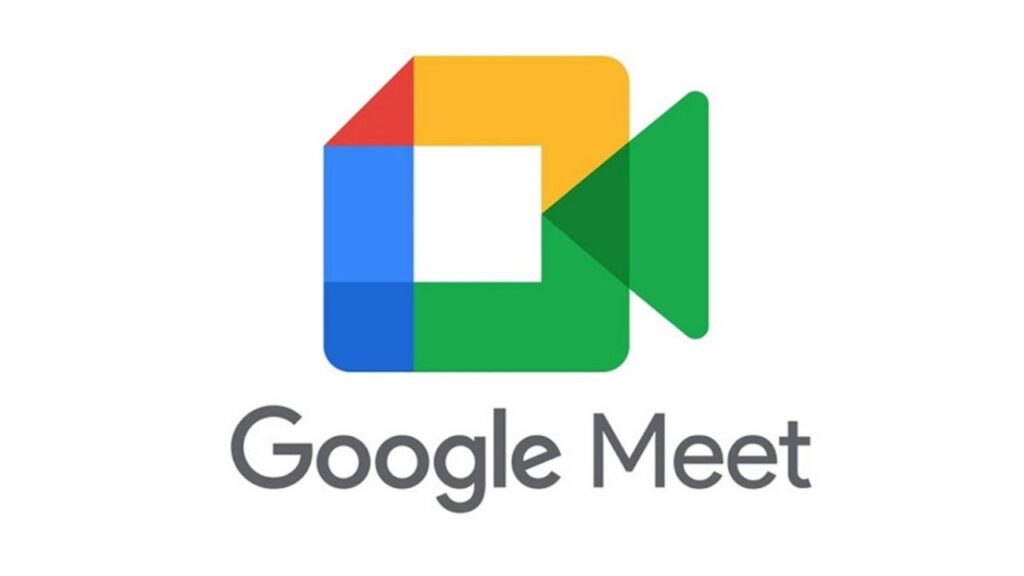Introduction
Staying touch with friends, family, and colleagues has become simpler than ever before in the current age of technology. An increasingly common and practical method of communication, particularly when we are separated by distance, is video calling. For making crystal-clear video conversations, iPhone and Mac users have long relied on Apple’s FaceTime. However, when it comes to group calls, FaceTime has some limitations that can hinder the experience. This article explores the limitations of FaceTime for group calls and provides alternative solutions to ensure seamless and inclusive communication.
What is FaceTime?
Users may make voice and video conversations over the internet using FaceTime, a specialized video calling tool from Apple. It was first released in 2010, and because to its user-friendly design and compatibility with the iOS and macOS ecosystems, it immediately became popular among users of Apple devices. FaceTime is a desirable option for one-on-one talks since it provides high-definition video and audio quality.
FaceTime’s Limitations
While FaceTime excels in one-on-one communication, it faces certain limitations when it comes to group calls. Understanding these limitations is crucial for users looking to connect with multiple participants simultaneously.
3.1 Limited Platform Availability
One of the significant limitations of FaceTime is its platform exclusivity. FaceTime is only compatible on Apple devices, including iPhones, iPads, and iMacs. This restricts the ability to include participants who use devices running on other operating systems, such as Android or Windows. Consequently, group calls may exclude individuals who do not own Apple devices, limiting inclusivity and collaboration.
3.2 Participant Limit
Another limitation of FaceTime is the participant limit it imposes on group calls. FaceTime allows a maximum of 32 participants in a single call. While this might be sufficient for most casual group conversations, it falls short for larger gatherings, such as virtual conferences, online classes, or professional meetings, where a higher participant capacity is required.
3.3 Internet Connection Requirement
FaceTime relies on a stable internet connection to ensure uninterrupted video and audio transmission. Weak or unreliable internet connectivity can cause disruptions, leading to dropped calls, freezing screens, or poor audio quality. This requirement can be a challenge, particularly in areas with limited internet infrastructure or when traveling to remote locations with weaker signal strength.
3.4 Lack of Cross-Platform Support
As mentioned earlier, FaceTime is exclusive to Apple devices. This lack of cross-platform support limits the ability to include participants who use devices from other manufacturers or operating systems. For individuals who need to connect with a diverse range of participants, such as in professional settings or multinational families, FaceTime’s limitation in this aspect can be a significant drawback.
Alternatives to FaceTime
Fortunately, there are several alternative video calling platforms that offer solutions to overcome the limitations of FaceTime for group calls. These alternatives provide broader device compatibility, higher participant capacities, and additional features to enhance the overall video calling experience.
4.1 Zoom

Zoom has gained immense popularity in recent years, especially during the COVID-19 pandemic. It offers a comprehensive range of features for group video calls, including screen sharing, virtual backgrounds, and breakout rooms. Zoom is available to a broad spectrum of consumers because to its compatibility for multiple operating systems, including iOS, Android, Windows, and macOS.
4.2 Google Meet

Google Meet, earlier known as Google Hangouts, is a reliable and flexible video conferencing tool. It effortlessly connects with other Google services, such as Gmail and Google Calendar, enhancing productivity and cooperation. Cross-device compatibility is ensured via Google Meet’s availability across several platforms, including iOS, Android, and web browsers.
4.3 Microsoft Teams

Microsoft Teams is a robust communication and collaboration platform designed for businesses and organizations. It offers video calling, instant messaging, file sharing, and team collaboration features. Microsoft Teams supports various platforms, including iOS, Android, Windows, and macOS, enabling seamless communication across devices.
4.4 WhatsApp

WhatsApp, a popular messaging app, also provides video calling capabilities for individuals and small groups. While its participant limit is set to eight, it offers end-to-end encryption for added privacy and security. Those who currently use the messaging app will find WhatsApp to be a compelling alternative because it is available on iOS, Android, and other platforms.
How to Choose the Right Alternative
Selecting the right alternative to FaceTime for group calls depends on several factors. Consider the following when choosing the most suitable option:
- Device Compatibility: Ensure the chosen platform supports the devices and operating systems used by the participants.
- Participant Capacity: Determine the maximum number of participants required for group calls and select a platform that accommodates that capacity.
- Features and Functionality: Assess the additional features offered by each platform, such as screen sharing, virtual backgrounds, or collaborative tools, and choose based on specific needs.
- Ease of Use: Consider the user interface and overall user experience to ensure a seamless and hassle-free video calling experience.
- Internet Connectivity: Take into account the stability and bandwidth requirements of the chosen platform, especially when dealing with weaker internet connections.
Conclusion
While FaceTime has been a popular choice for video calling among Apple users, its limitations for group calls necessitate exploring alternative solutions. Platforms like Zoom, Google Meet, Microsoft Teams, and WhatsApp offer broader compatibility, higher participant capacities, and additional features to enhance the group video calling experience. By selecting the right alternative based on device compatibility, participant capacity, features, ease of use, and internet connectivity, users can ensure inclusive and seamless communication with their desired audience.
FAQs
1. Can I use FaceTime for group calls on Android devices? No, FaceTime is exclusive to Apple devices and is not available for Android or other operating systems.
2. How many participants can join a FaceTime group call? FaceTime allows a maximum of 32 participants in a single group call.
3. Are the alternative video calling platforms mentioned in the article free to use? Most of the platforms mentioned, such as Zoom, Google Meet, and Microsoft Teams, offer both free and paid plans. WhatsApp, on the other hand, is free to use for video calls.
4. Can I use Zoom or Google Meet on my iPhone? Yes, both Zoom and Google Meet have dedicated mobile apps available for iOS devices.
5. Are the alternative platforms mentioned secure for video calls? The alternative platforms mentioned prioritize security and offer various encryption and privacy features to ensure secure video calling experiences.



